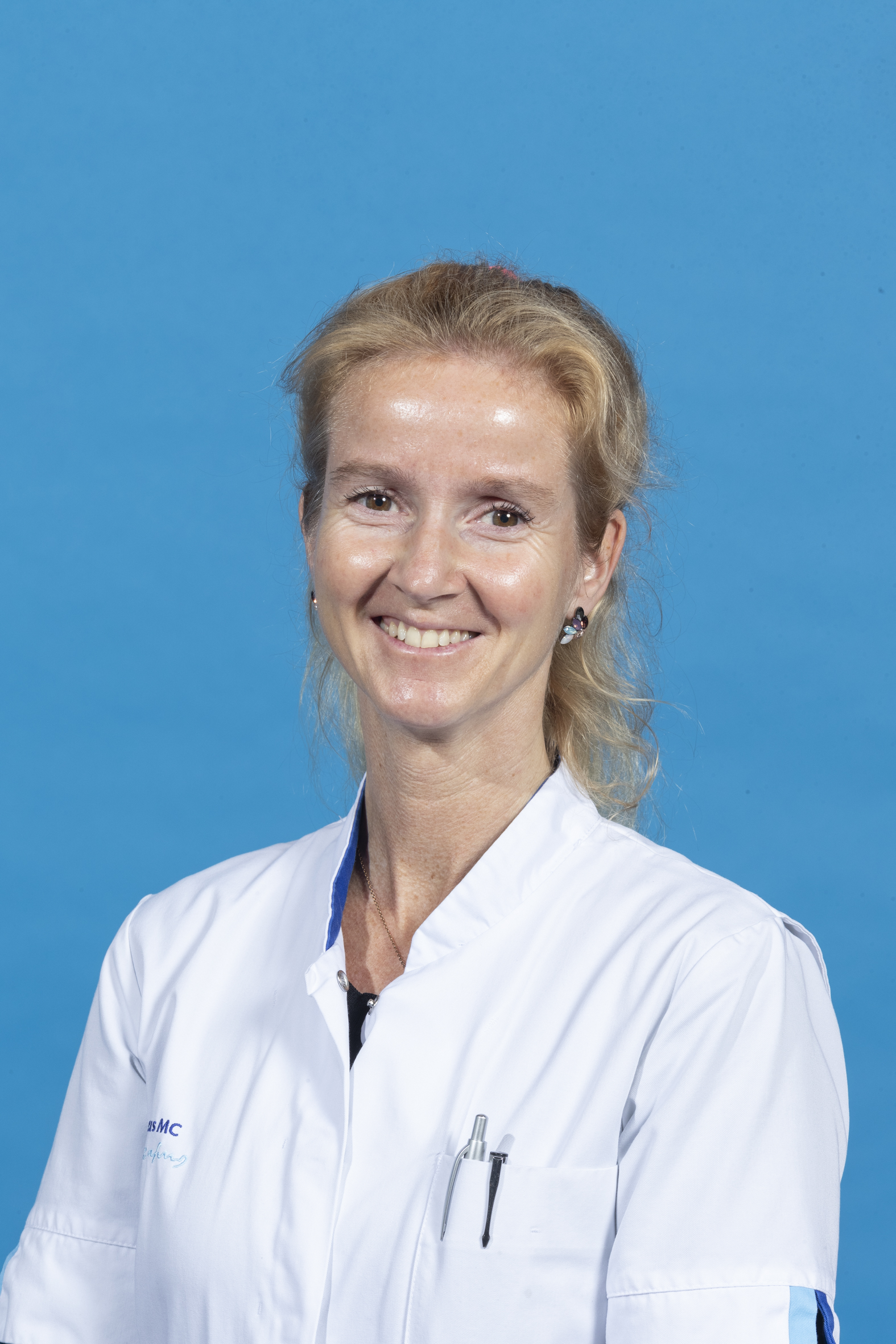What we do
About our project
 What is the motivation for this research?
What is the motivation for this research?
Atrial fibrillation (AF) is the most common age-related, progressive atrial tachyarrhythmia that is associated with serious complications such as stroke, heart failure, impaired cognitive function and increased mortality. For many years, it has been suggested that the autonomic nervous system plays an important role in the pathophysiology of AF. Only recently it has been shown that neuromodulation, consisting of low-level vagus nerve stimulation (LLVNS), may be an effective treatment for AF. An innovative and non-invasive (transcutaneous) route for LLVNS is electrical stimulation of the auricular branch of the vagus nerve by electrically stimulating the tragus of the external ear. Clinical studies have provided evidence that transcutaneous LLVNS – under the bradycardia threshold - is effective in suppressing (post-operative) AF episodes. However the underlying anti-arrhythmogenic mechanism remains unknown. In addition, it is at present not possible to predict which patient will benefit from this novel therapy.
What is the desirable outcome?
To unravel the anti-arrhythmogenic properties of LLVNS and optimize patient selection for this therapy.
Funds & Grants
- Dutch Heart Foundation 2019T091
- Nederlandse organisatie voor Wetenschappelijk Onderzoek (NWO-Vidi, grant number 91717339)
- Medical Delta
Collaborations
- Technical University Delft
- Amsterdam UMC
- Medical Delta Cardiac Arrhythmia Lab
- Convergence project Deep Imaging
Our team
- Dr. Y.J.H.J. Taverne
- Prof. Dr. Ir. W. Serdijn
- Prof. Dr. Ir. A. van der Veen
- Dr. M.C. Roos
- Ir. P. Knops
- M. van Schie, MSc


